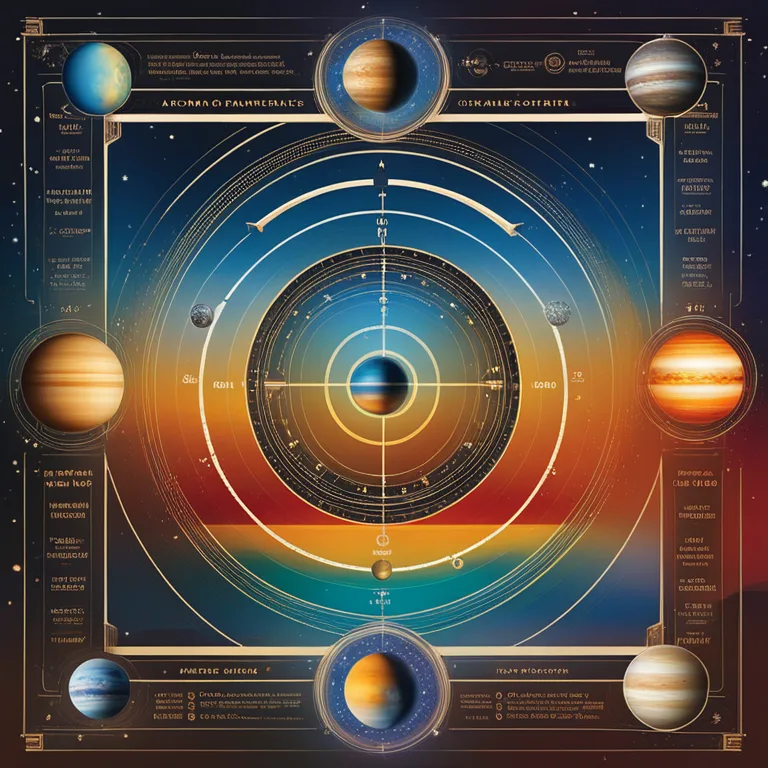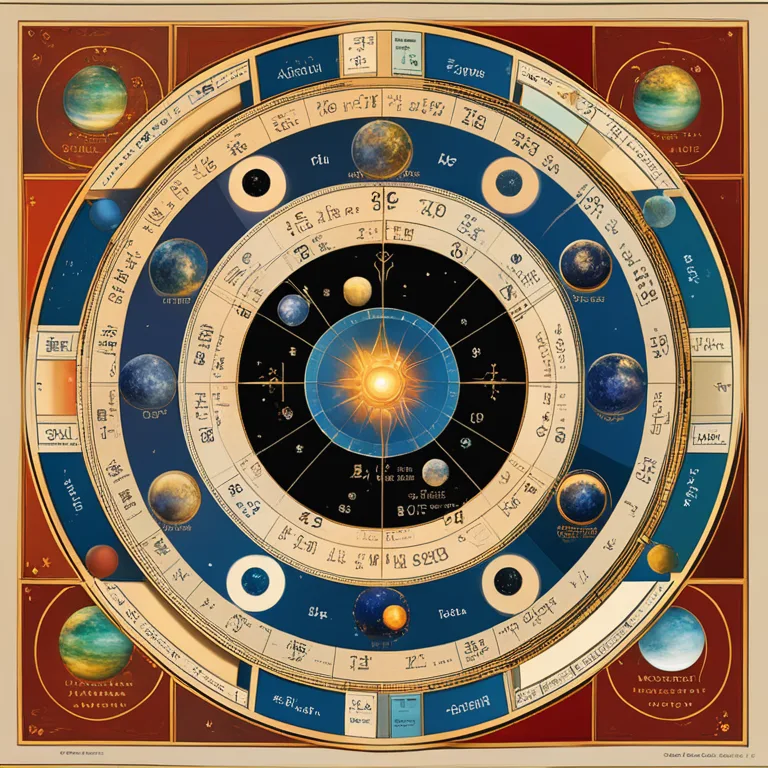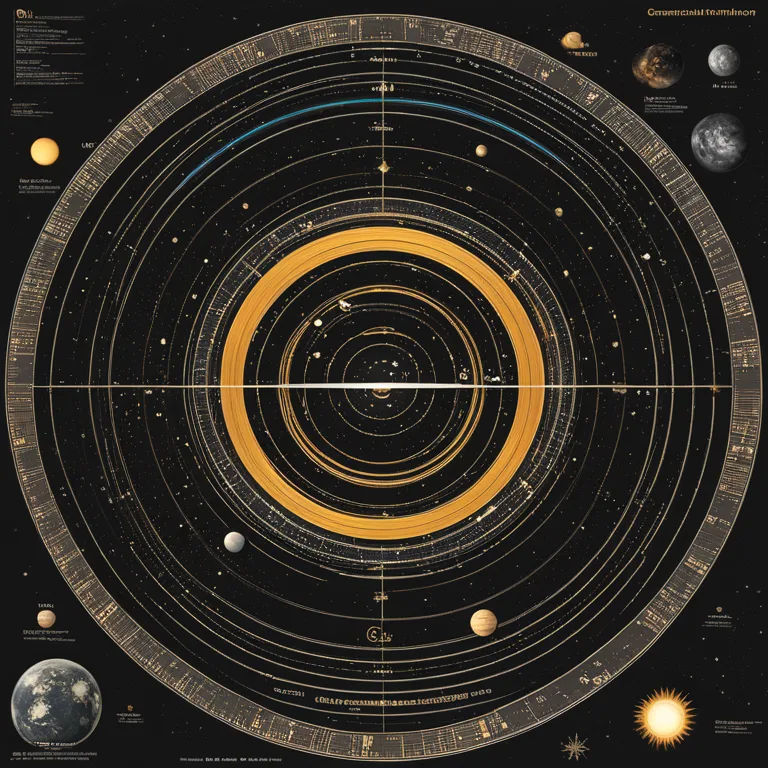
Astrology: Planetary Positions Explained
Discover the significance of planetary alignments in astrology and how they influence cosmic energy for 2024 and beyond.
article by Priya Deshmukh
Introduction to Planetary Influence
Astrology is a cosmic map, charting the positions of the planets and their impact on human lives. The dance of the celestial bodies through the zodiac is a complex performance that shapes energies and experiences. In astrology, the location of the planets at the time of an individual's birth constructs a natal chart—a unique astrological signature. Moving beyond birth charts, the continuous movement of planets also creates ever-shifting dynamics, which is why understanding where the planets are today—and where they'll be tomorrow—can offer profound insights into collective and personal growth.

Current Celestial Snapshot
As we sail into 2024, the planets continue their eternal waltz around the Sun. Each planet moves at a different pace, influencing various aspects of life. For instance, Mercury governs communication and travels quickly, changing signs within weeks, while Pluto's slow orbit means its generational influence unfolds over years. Currently, Jupiter, the planet of expansion, might enter Aries, igniting new beginnings, while Saturn, the teacher of hard lessons, could be traversing Aquarius, emphasizing innovation and social justice.

Planetary Retrogrades and Directs
The concept of retrograde is paramount in astrology, where a planet appears to move backward from our perspective on Earth. This period often signals introspection and revisiting past themes. For example, in the latter half of 2024, we might observe Venus retrograde, typically prompting reassessment of relationships and values. Understanding the timing of these retrogrades, as well as the moments when planets transition back to direct motion, can be vital in planning and reflection.

Long-Term Planetary Transits
Long-term transits are crucial to astrological forecasts, as they can set the stage for significant life developments. Astrologers pay close attention to the movement of the outer planets—Jupiter, Saturn, Uranus, Neptune, and Pluto—as they shape societal trends and individual transformations. Neptune's transit through its home sign of Pisces has encouraged a collective spiritual awakening, while Pluto's upcoming move into Aquarius could herald technological revolutions and profound societal changes.

Personal Impact of Planetary Positions
On an individual level, the positions of the planets in relation to one's natal chart determine how these celestial energies play out in personal horoscopes. Transiting planets can form angles known as aspects with natal planets, triggering specific themes such as challenge or opportunity. If, in 2024, Uranus forms a trine with your natal Mars, it might be a period ripe for innovative action and change. Conversely, a square from Saturn to your Sun could indicate a time for discipline and structure.
Astrological Forecasting
Many turn to astrological forecasting for a glimpse into potential future trends and guidance. Forecasts can range from daily reflections to broader annual outlooks. In 2024, look for Jupiter's ingress into Taurus midyear, which may herald a period of stabilizing growth and pleasurable pursuits. Transits like these create a nuanced tapestry of potential that, when interpreted by a skilled astrologer, can offer valuable foresight into the ebbs and flows of life's journey.
Published: 12/29/2023
Modified: 1/3/2024
More predictions
Come back here soon to learn more about yourself and your future


The Harmony of Stars: Astrology Sign Compatibility Revealed
Discover the connections between astrology signs with a close look into the art of celestial matchmaking.


Astrological Sign Compatibility: Love among the Stars
Discover the dynamics of love and friendship through the lens of astrological sign compatibility. Find out which zodiac pairs harmonize and those that challenge one another.


Astrology Love Match: Star Sign Compatibility
Discover the dynamics of love and relationships through astrology love matches. Learn how your star sign influences compatibility with potential life partners.